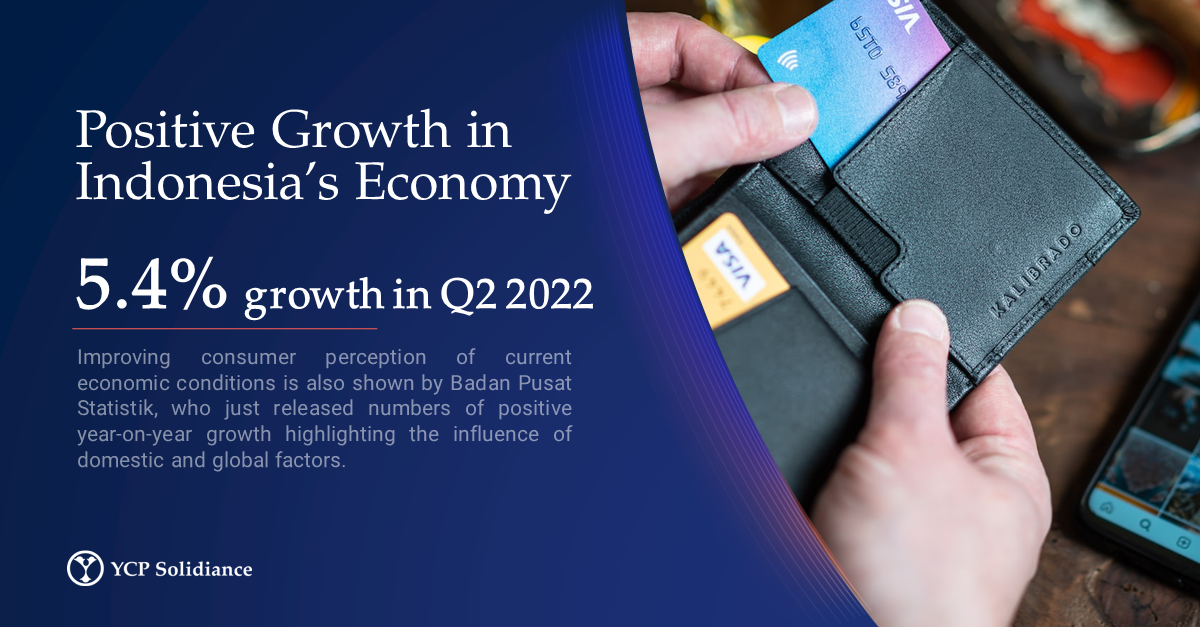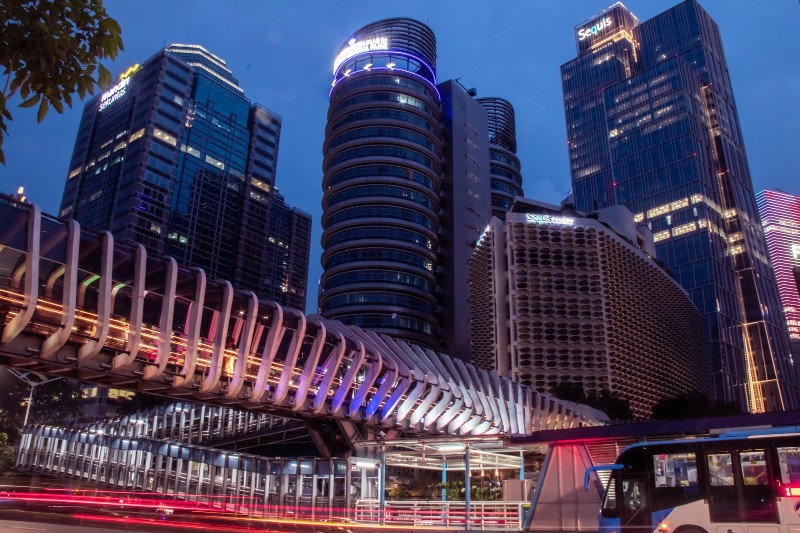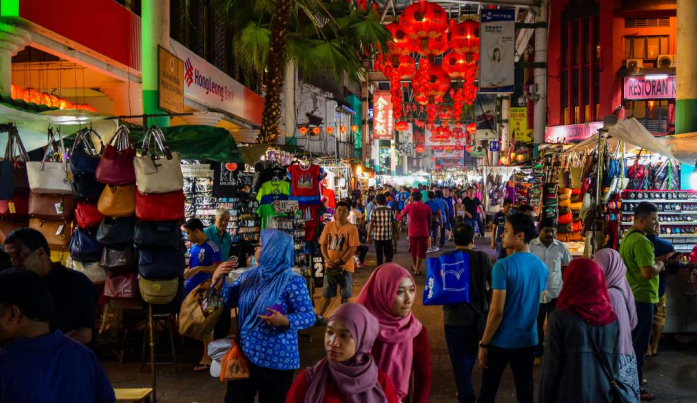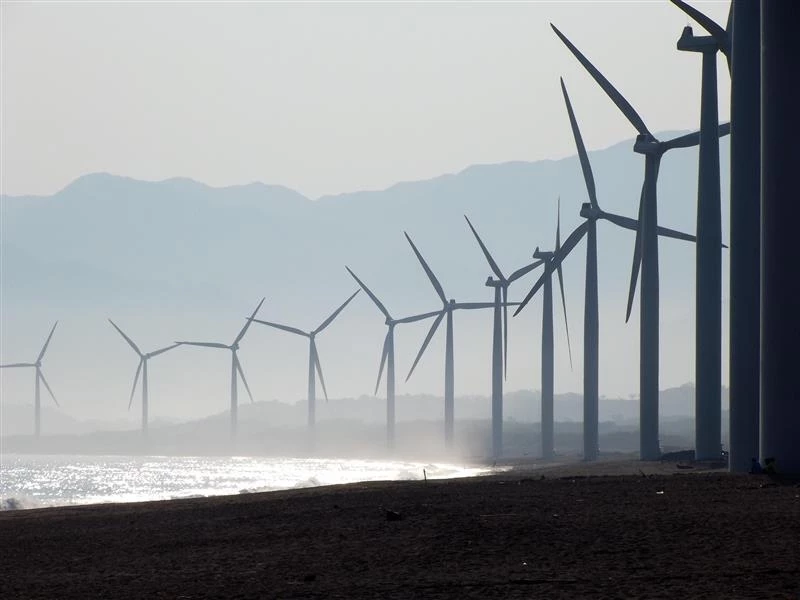Despite a drop from higher numbers earlier this year, Indonesia’s consumer confidence index lay in positive territory this July 2022 at 123.2—however, global challenges being felt across different business industries means this number is expected to fluctuate.
Businesses in Indonesia must be prepared for this eventuality and look at the larger picture when strategizing for Indonesia’s post-pandemic economy status. While consumer optimism only belies more positive expectations of economic conditions, particularly in the areas of job availability and income level, industries should look at these numbers on a macro level and adapt accordingly. 
But what does this positive level of consumer confidence mean for Indonesia’s business industries? Even with the government windfall, industry experts warn for caution—and the country’s business players must take note.
An Overview of Indonesia Consumer Spending in 2022
Financial analytics company Fitch Solutions projects that due to increased consumer confidence, real household spending in Indonesia will increase 7.6% throughout 2022 for a total value of 9.9 trillion IDR (692 billion USD), up from the estimated 4.1% growth in 2021.
Aside from better economic conditions in 2022, the Indonesian government also used subsidy programs to help the market remain optimistic, to control inflation levels, maintain people's purchasing power, and to maintain conducive business conditions.
However, rising inflation levels in mid-2022 have been a hot topic with consumers, as the country’s inflation reached 4.94% in July, up from the previous month’s 4.35%. The government has responded by reassuring consumers and stakeholders that this inflation rate is quite higher than core inflation at below 3%, but business players are now gearing up to adapt and pivot to ease consumer worries and keep confidence levels stable.
Our Recommendations for Indonesia’s Businesses
The short-term positive impacts of Indonesia’s export windfall have been felt in the short-term—Moody’s reports that the high global prices for commodities could benefit export industries such as palm oil and coal, of which Indonesia is the world’s largest exporter, and metals, of which the country is a major worldwide producer.
YCP Solidiance Indonesia Partner Septian Waluyan shares his insights on the future of Indonesia’s business industries, and how they can pivot towards anticipating and planning for the long-term. Overall, he says that consumer business industries are still forecasted to have positive growth in 2022. “High-growth sectors such as transportation and warehousing have benefited from the trend of online sales, but they need to anticipate stabilization as people start to increase their mobility.”
He also notes that negative-growth sectors such as hospitality, F&B services, and tourism will benefit from the increased consumer confidence. “It’s seen from the BPS data on how these sectors have recovered compared to last year. Of course, this is a kind of fresh air for the companies to increase the employment and to recuperate from last year’s loss.”
However, increased consumer optimism is not without risk, as external factors are constantly changing in the face of global events, and business industries need to be prepared via a solid strategy to stabilize for 2022 and beyond. “Diversification remains a good option in combating uncertainties,” according to Waluyan. “Focusing not only on the upper market due to [the spending [power of] wealthier Indonesians, but a lower-spending market can also be used to adapt to this global volatility.”
He also emphasizes the importance of seeking partnerships with other businesses and even the public sector, as the challenges of the global supply shortage force businesses to get creative. He uses the manufacturing sector as an example: “The gain from increased commodity prices can also be a sign to look at the downstream sector, which Indonesia is now lacking.”
For more insights into the long-term growth of business in Indonesia and across Southeast Asia, subscribe to our newsletter here or read the following reports:







